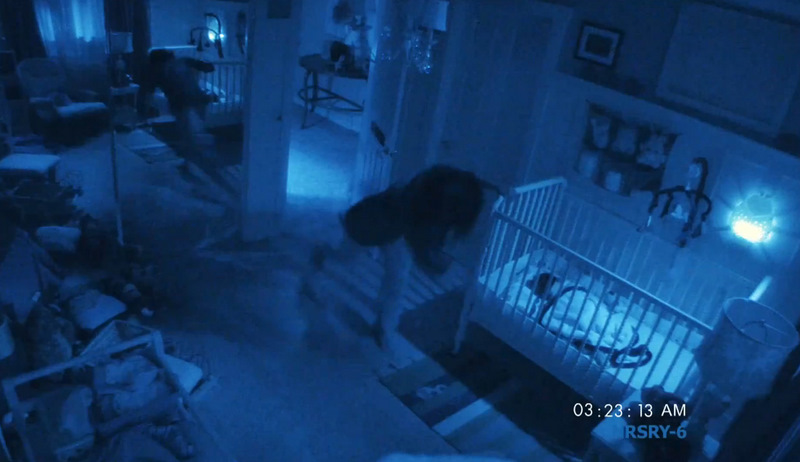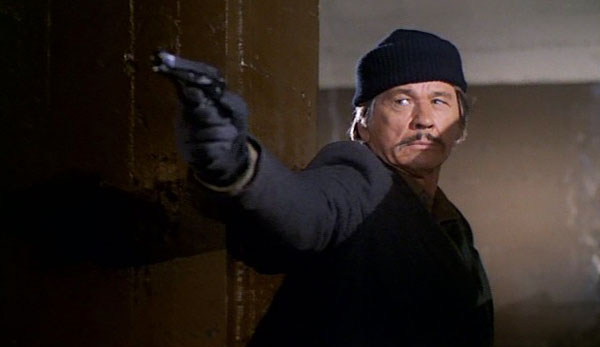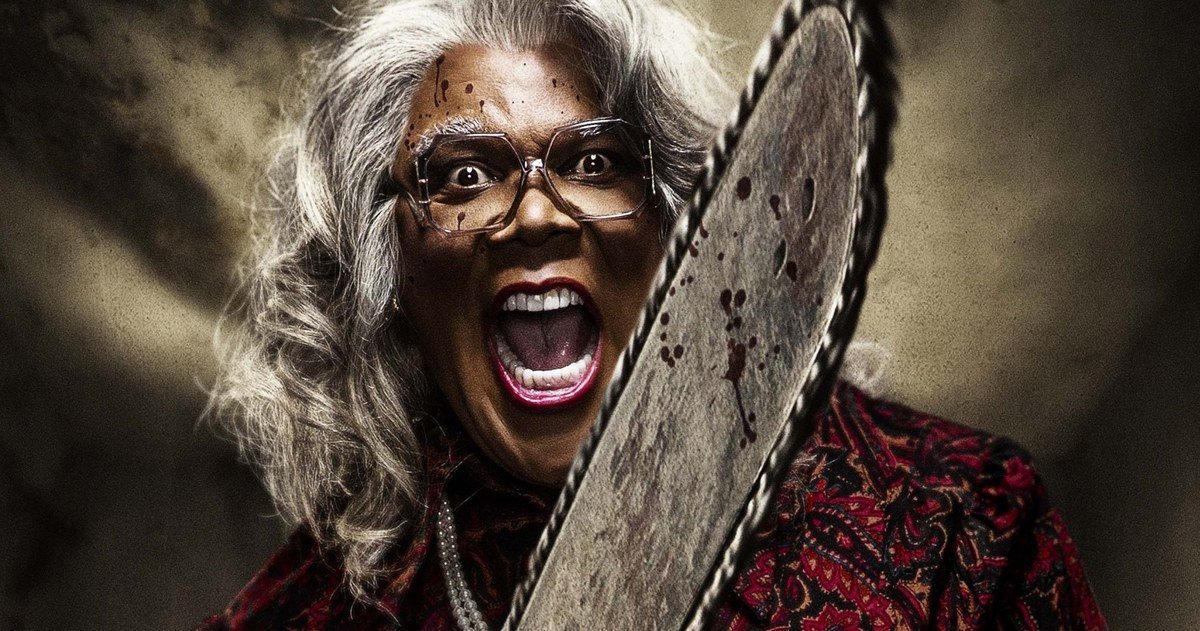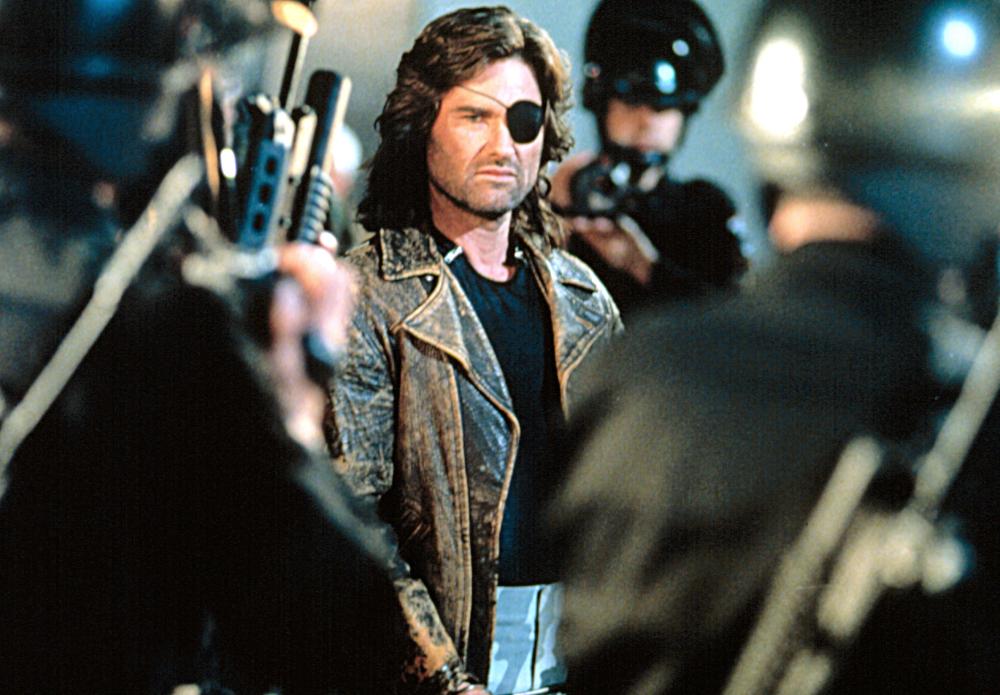6. Paranormal Activity 2

The first “Paranormal Activity” was an ingenious concept: take something people are realistically afraid of (creepy noises in the house) and expand upon it with a sense of dread and fear of the unknown. Do it all on a shoestring budget and you have a recipe for not just a profit, but an ultra, mega, super, exponential profit.
And that was what happened, guaranteeing that a franchise be wrought out of this simple concept. Unfortunately, that ended up being a bad thing considering the next two sequels were just the first one, but with more jump scares and a greater sense of predictability. The novelty of something going “bump” in the night wore thin, and so we were left with the unimaginative “Paranormal Activity 2.” Who knew demons could be so boring?
7. Death Wish II

We sometimes go to the movies to escape realism and practicality in exchange for seeing our darkest fantasies come to life. Whether it’s the curiosity of BDSM in “Fifty Shades of Grey” or the excessive lifestyle of banking crooks in “The Wolf of Wall Street,” we want to see that idea explored because it’s just not possible to experience it in real life due to our socioeconomic circumstances.
In a way, “Death Wish” fell into that same category. Starring Charles Bronson in the title role, the movie depicted his transition from happy family man to roaming vigilante after his wife is murdered and daughter raped. In a way, it was like an urban western: a lawless land where it is up to the common man to seek justice.
Rather than build on this promising premise, “Death Wish II” took the cheap way out by quite literally repeating the same plot. Bronson’s character of Paul Kersey has moved on and become a family man again until his maid is killed and daughter raped by a group of thugs, prompting him to become a gun-toting vigilante to get revenge. Lacking any of the original’s grounded grittiness or thematic material, it was tough to sit through.
8. Friday the 13th Part 2

Look, we won’t lie: when it comes to a list like this, it is very easy to pick on horror movies. As stated above, repetition derives from formula, and horror movies tend to be the ones that develop and milk said formulas.
The slasher subgenre is all the more guilty because it is does not take much creativity: take a killing maniac, give him a scary mask, and have him chase after clueless young adults that can’t do much to stop him.
“Friday the 13th” was one of these ideas, and it happened to catch a lot of people’s attention. Focusing on a group of idealistic camp counselors who are hunted down by the grieving mother of Jason Voorhees, the first of many sequels emerged literally the following year with a very similar story: counselors near the Crystal Lake Camp are murdered by the hockey mask-wearing Jason, who has attained a supernatural affinity since his drowning.
But hey, having a zombie chase down idiot teenagers over a raving mother makes for a slightly different moviegoing experience… right?
9. The Madea franchise

What can we say about the “Madea” franchise that has not already been stated more eloquently by such cinema figures as Spike Lee? They are a major extension of Tyler Perry’s empire, but falter when it comes to telling a reasonable story. They have good intentions of combining spirituality with a dysfunctional family, but then throw that all way for painfully unfunny gags and melodrama.
On the outside, each film boasts a seemingly new theme that would imply that this entry will be different, but the same old Tyler Perry humor props up to ensure us that that will not be the case. Perry created this effective backdrop in “Madea’s Family Reunion” and has been rehashing it in nearly every Madea sequel since.
10. Escape from L.A.

John Carpenter’s creation of Snake Plissken may be one of the most underrated, influential characters in fictional media. Kurt Russell’s depiction of a gruff-speaking anti-hero who only obeys himself pays homage to famous western characters like the Man with No Name whilst still being its own thing.
Playing to the over-the-top action flicks and dystopian sci-fi pictures of the 80s, “Escape from New York” was the first film to feature Plissken as he is forced by the government to enter New York, now a supermax prison, in order to retrieve the president, who has been kidnapped by gangs in the area. It was a great action film with just the right amount of cool dialogue, awesome set pieces, and cheese.
Rather than follow up on it immediately, Carpenter got sidelined with other projects, but finally went back to the Plissken character in the mid-90s with “Escape from Los Angeles.” Unfortunately, cinema had changed considerably in the 15 years between the two movies. For starters, audiences wanted deeper stories than the fodder that had given us movies like “Cobra” and “Commando.”
Carpenter, on the other hand, evidently believed that they wanted more of the same, and so that was exactly what “Escape from Los Angeles” was. Instead of New York, Los Angeles is the city that has become quarantined, but outside of that setting change the plot was the same. Once again Plissken is forced to go into the area and retrieve a MacGuffin that came there via an escape pod from Air Force One. To comply, he is injected with an item that will kill him unless he completes the task. A disappointment considering Carpenter’s imagination.